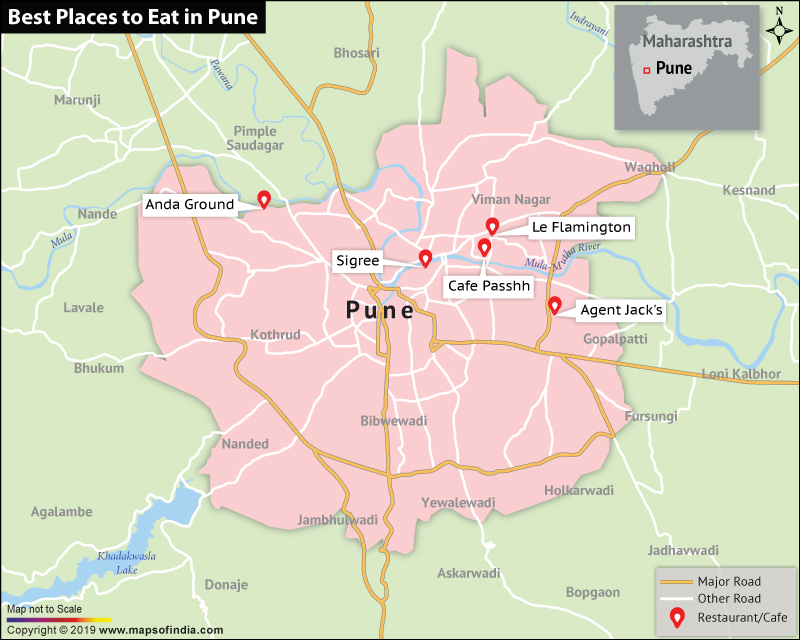Iron deficiency occurs in a body when it doesn’t have enough of the mineral iron. The human body needs plenty of iron to make haemoglobin, a protein in red blood cells that enables them to transfer oxygen around your whole body.
If the body doesn’t have enough haemoglobin, the tissues and muscles will not get enough oxygen to work correctly. It can lead to a severe condition called anaemia. The most common symptom of iron deficiency is fatigue which is caused due to the supply of less oxygen reaching body tissues, depriving them of energy.
Here are some of the symptoms of iron deficiency:
Yellowish Skin
Skin yellowish than usual in areas such as the palms, lower inner eyelids, face or nails may be a sign of severe iron deficiency. It is all caused when the body contains lower levels of haemoglobin. As a result, it gives a red colour to blood.
Shortness of breath
Shortness of breath is a symptom of iron deficiency. When the haemoglobin level drops and your body cannot effectively transport oxygen to your muscles and tissues, it can cause shortness of breath.
Headaches
Due to the less iron efficiency, the brain veins may start working slower than usual, which can cause pressure in mind. Pressurised veins of the brain can cause headaches. Dopamine dysfunction, estrogen levels, and iron deficiency are responsible for headaches.
Irregular, fast heartbeats
The heart has to work extra hard in the iron deficiency to transport the oxygen all around the body. If left untreated, this problem can become severe and lead to irregular, fast heartbeats, heart failure, heart murmurs or an enlarged heart.
Dry and Damaged Hair
Skin and hair may receive less oxygen from the blood during the period of iron deficiency. The deficiency of iron can make the hair damaged and dry. In more severe cases, this can lead to hair loss.
Sore throat
A strangely swollen, sore and smooth tongue can signify iron deficiency anaemia. Cracks on the corners of your mouth and tongue can also indicate.
Restless legs syndrome:
People who suffer from iron deficiency anaemia can have a higher chance of experiencing and feeling a strong urge to move the legs when at rest. It is called restless legs syndrome.
Brittle, pale, blue or spoon-shaped nails can signify more serious iron deficiency.
Other symptoms of iron deficiency may include mood swings, untimely food cravings, depression, cold hands and feet, and more other infections.
How to treat iron deficiency?
If one thinks they are suffering from iron deficiency, they can talk to the doctor immediately. The doctors may recommend they consume more iron-rich foods.
The main aim to treat iron deficiency is to restore the level of haemoglobin to normal and refill iron stores.
Their doctor would make a treatment plan for you.
Eat iron-rich foods
Just consume more iron-rich foods to heal the iron deficiency. Foods like:
- Red meat, such as mutton and chicken, and more eggs.
- Dark green veggies such as spinach, broccoli, mustard leaves and lettuce.
- Dry fruits like raisins, almonds, apricots.
- Seafood
- Carrot, pomegranate, kiwi, and strawberries are also rich in iron.





